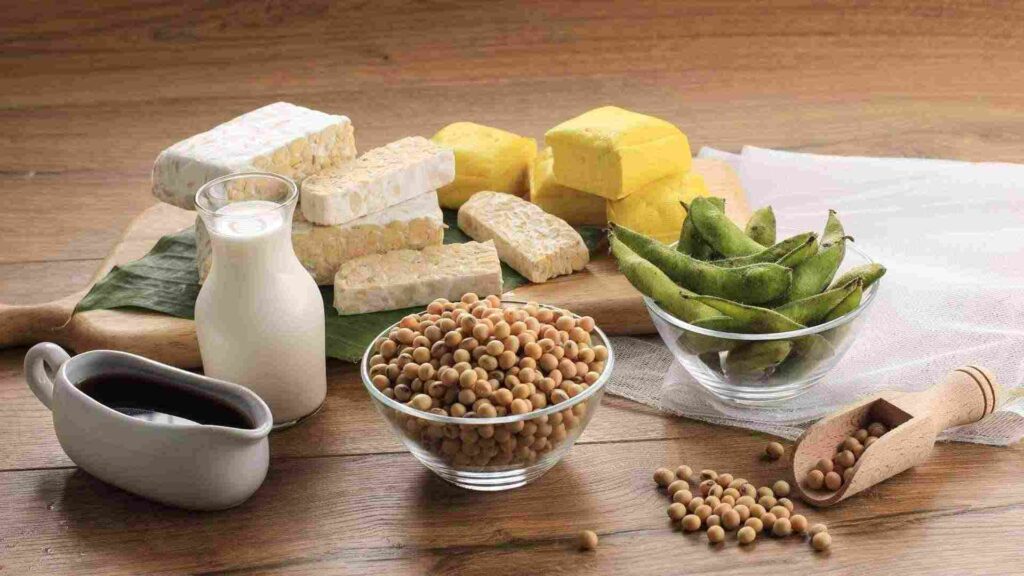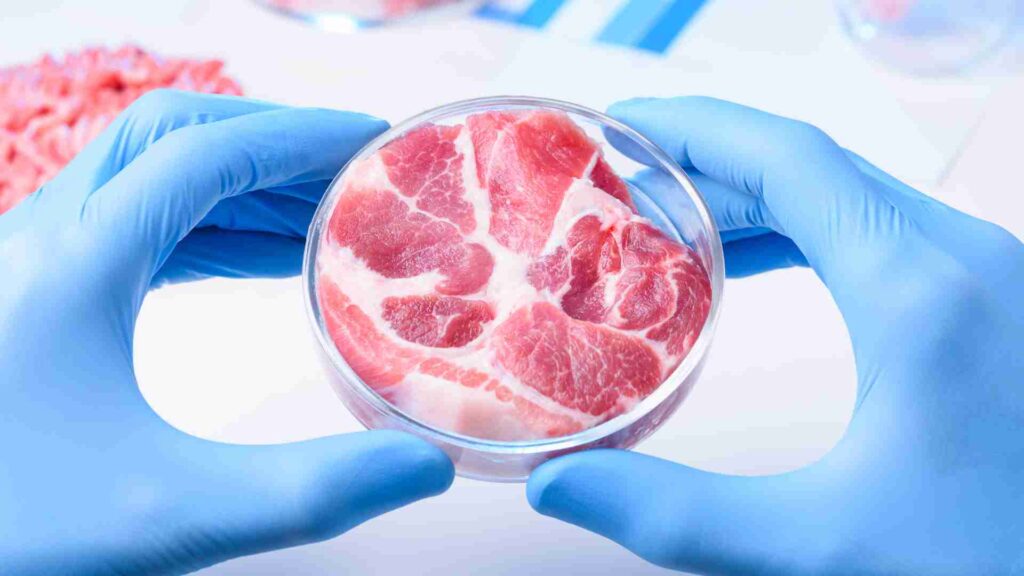Discover comprehensive information for all aspects of sexual health and find resources and guidance to empower your sexual well-being.
Erectile dysfunction (ED) means having trouble getting or keeping an erection that’s good enough for…
Discover comprehensive information for all aspects of sexual health and find resources and guidance to empower your sexual well-being.
Erectile dysfunction (ED) means having trouble getting or keeping an erection that’s good enough for…
The underlying cause as well as the severity of pain determine the varied treatment approaches…
Erectile dysfunction (ED) is a condition that many men face at some point in their…
Feeling nervous about sexual performance, known as Sexual Performance Anxiety (SPA), is pretty common. But…
Erectile dysfunction (ED) is a common condition that affects men of all ages, impacting their…
The International Society for the Study of Women’s Sexual Health describes Hypoactive sexual desire disorder…
Commitment issues can often manifest in romantic relationships, work, and other personal or professional spheres.…
Meat substitutes are food products that mimic the aesthetic qualities and/or chemical characteristics of specific types of meat. It is crafted from non-animal protein, closely resembling the appearance and smell of meat.
Other Names for meat substitutes are:
Table of Contents
ToggleMeat substitutes have a long history, with tofu being a part of Asian cultures’ diets for centuries.
In the 1960s, soy protein emerged in the US market as a significant meat alternative through products like tofu and tempeh (fermented soybean cake).
Early plant-based meat alternatives primarily took the form of patties, nuggets, and crumbles, but their consumption was mainly by vegans and vegetarians, lacking widespread popularity due to distinct aesthetic qualities differing from meat.
Advances in food biotechnology have addressed these shortcomings, leading to the popularity of numerous plant-based foods as highly appealing meat alternatives. These innovative products are crafted to provide a mouthfeel and taste strikingly similar to meat, mimicking its appearance and flavor.
In recent years, the popularity of meat alternatives has skyrocketed globally, attracting not only vegetarians but also traditional meat eaters and flexitarians (individuals mainly following a vegetarian diet but occasionally consuming meat).

Soy provides a good amount of protein and fiber. It is rich in bioactive phytoestrogens known as isoflavones. Studies have demonstrated that soy protein and isoflavones can lower LDL (Bad cholesterol) levels. It’s an excellent option for individuals with lactose and gluten intolerances.
Soybean protein isolates have a biological value comparable to meat. Soybeans also serve as a good source of calcium and essential fatty acids.
Pulses contain high levels of protein and fiber. They may lack methionine and cysteine, but these can be easily supplemented. Pulses have a lower likelihood of causing allergies.
Wheat protein offers more calories than legume-based meat alternatives. Gluten is utilized in meat alternatives because of its easy solubility, viscosity, binding, and dough formation properties. However, limitations include gluten sensitivity, celiac disease, and wheat allergy. In comparison to soy products and fungal protein, wheat products have lower fiber and protein content.

High in protein, fiber, and micronutrients, fungus is a low-calorie, healthy food option. Mushroom’s natural protein has a fibrous nature, and incorporating it enhances the chewiness of the products. However, it requires extensive processing and is also relatively expensive.
Egg white, also known as albumen, is the clear liquid found within an egg. Adding egg albumen to meat alternatives contributes to binding and enhances the bite during the eating experience. Additionally, it boosts the protein content of analog meat nuggets.
Insect meat stands out as a protein source with a content comparable to traditional meat and a notable richness in fat. It is also high in essential trace elements, making it a nutritionally valuable option.
Notably, insect meat production is highly efficient with a minimal environmental impact, characterized by low greenhouse gas emissions and water consumption. Additionally, it demands less agricultural land use compared to traditional livestock farming. However, despite its nutritional and environmental benefits, insect meat faces challenges in gaining widespread community acceptance.

Cultured meat possesses a nutritive value equivalent to traditional meat and is associated with a lower tendency for allergies. However, its acceptance among consumers is hindered by a perceived lack of naturalness. Furthermore, the long-term benefits and risks of cultured meat remain unknown, raising questions about its broader implications.
Meat substitutes typically contain non-animal-based proteins that closely resemble animal protein in chemical characteristics. They aim to offer the same aesthetic experience in terms of texture, flavor, and appearance. Some meat alternatives are soy protein, egg albumen and cultured meat.
References
Dr. Nishtha, a medical doctor holding both an MBBS and an MD in Biochemistry, possesses a profound passion for nutrition and wellness. Her personal journey, marked by significant struggles with physical and mental health, has endowed her with a unique empathy and insight into the challenges countless individuals face. Driven by her own experiences, she leverages her background to offer practical, evidence-backed guidance, empowering others on their paths to achieving holistic well-being. Dr. Nishtha truly believes in the interconnectedness of the mind and body. She emphasizes the significance of understanding this connection as a crucial stride toward attaining balance and happiness in life.

